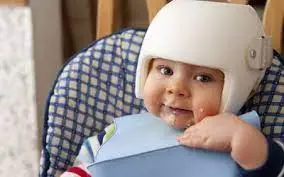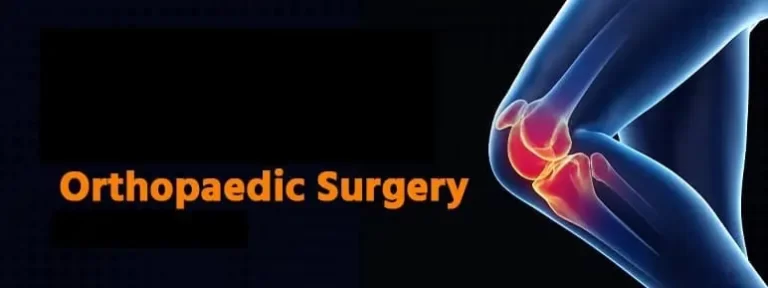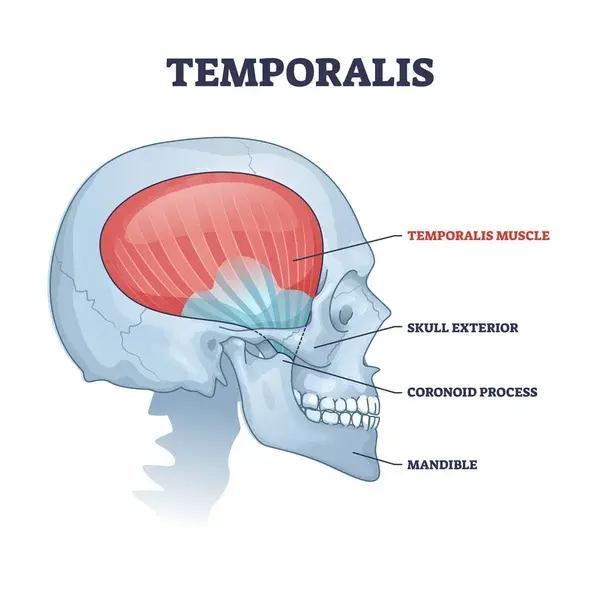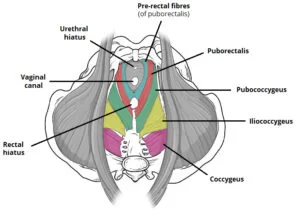Helmet Therapy: A Non-Surgical Treatment for Flat Head Syndrome
What is a Helmet Therapy?
Helmet therapy, also known as cranial orthosis or cranial helmet therapy, is a non-invasive and specialized treatment designed to address cranial asymmetry in infants, particularly those with positional plagiocephaly or brachycephaly. These conditions often result from prolonged periods of pressure on an infant’s skull, leading to an uneven or flattened head shape.
Helmet therapy involves the use of custom-made helmets, which are carefully fitted to the infant’s head and gently reshaped over time by applying consistent, controlled pressure to the affected areas. This therapy aims to promote symmetrical cranial growth and improve the overall head shape while the infant’s skull is still malleable.
It is essential to begin helmet therapy early to achieve the best results, typically under the guidance of a healthcare professional experienced in cranial orthosis treatment.
When a baby sleeps in the same position repeatedly, the soft plates can end up looking flat or uneven. Plagiocephaly is a common condition that has no adverse effects on the brain growth of your child. Your pediatrician could suggest changing positions, doing exercises, or receiving helmet therapy if the condition doesn’t get better on its own.
In some instances, the baby’s skull plates fuse prematurely or abnormally. To correct the head shape, craniosynostosis may need surgical surgery, either with or without a helmet.
How does helmet therapy correct a child’s head?
Typically, cranial remolding helmets have a foam inner inside of a hard outer shell. To stop a baby’s head from growing in prominent locations while allowing for growth in the flat areas, gentle, sustained pushes are administered.
As the head of your infant grows, adjustments are performed often. In essence, the helmet creates a small, rounded room for the head to develop. Even if your child’s head is still resting to one side, the helmet will act as a cushion to stop the head from flattening more.
In which child, Helmet therapy Required?
When a baby’s head shape is wrong due to deformational plagiocephaly, brachycephaly, Dolichocyphaly, or scaphocephaly and the infant is younger than 12 months old, cranial remolding may be recommended. The use of helmets requires a doctor’s prescription. Not all infants are suitable candidates for helmet therapy, therefore it’s crucial to talk to your doctor about this.
In addition, after surgery to further adjust the shape of the head, helmet therapy is frequently suggested for children who have endoscopy to treat craniosynostosis.
Is the Child required to wear the helmet all day?
Yes. The helmet is intended to be worn for 23 hours per day. It can be removed for bathing. Your baby should be kept inside the helmet for the rest of the time, whether they are playing, sleeping, or eating. As a parent, you may find this news upsetting because you may imagine your child spending their childhood wearing a helmet. We like to underline that most babies don’t find the helmet uncomfortable.
How long will the child wear a helmet?
The length of treatment with a helmet typically lasts three months, but it will also depend on how severe the problem is and how old your child is. The skull must be carefully and frequently monitored to make sure it is reforming properly.
How many times need to monitor the doctor while the child is on helmet therapy?
The severity of your baby’s health will determine how frequently you will visit again. You will pay multiple repeated visits to the helmet manufacturer while your baby is getting a molded helmet fitted and having corrections performed.
Helmet therapy is generally considered to be safe and effective. However, there are some potential risks, such as skin irritation, helmet sores, and difficulty with feeding.
The decision of whether or not to use helmet therapy is a personal one that should be made after discussing the risks and benefits with your doctor.
Here are some of the benefits of helmet therapy:
- It can correct the shape of the head in most cases.
- It is a non-surgical treatment.
- It is reversible.
- It is generally well-tolerated by infants.
Here are some of the risks of helmet therapy:
The helmet can be uncomfortable for the infant.
The helmet can cause skin irritation.
The helmet can make it difficult for the infant to feed.
The helmet can be expensive.
If you are considering helmet therapy for your infant, talk to your doctor about the risks and benefits. They can help you decide if helmet therapy is the right treatment for your child.
Here are some additional things to keep in mind about helmet therapy:
The helmet must be fitted properly by a qualified healthcare provider.
The helmet should be cleaned and dried regularly.
The infant should be monitored for skin irritation or other problems.
Helmet therapy is typically a 3-month treatment.
If you have any questions or concerns about helmet therapy, talk to your doctor.
Summary
Helmet therapy is a non-invasive treatment for infants with cranial asymmetry, often caused by conditions like positional plagiocephaly or brachycephaly. It involves the use of custom-made helmets that gently reshape the infant’s head by applying controlled pressure to affected areas.
This therapy aims to promote symmetrical cranial growth and improve head shape. Early intervention under the guidance of a healthcare professional is crucial for the best results.
FAQs
Is helmet therapy effective?
In contrast, 96.1 percent of infants who got helmets after unsuccessful repositioning and 94.4 percent of infants utilizing a helmet as their first-line therapy were able to repair their condition.
This treatment is provided by numerous clinics and institutions. In India, the price of helmet therapy varies according to the clinic or hospital, however, it is typically less expensive than in other nations.
Is helmet therapy available in India?
Yes, helmet therapy is available in India. This treatment is provided by numerous clinics and institutions. In India, the price of helmet therapy varies according to the clinic or hospital, however, it is typically less expensive than in other nations.
Asking your doctor for a recommendation or conducting a web search will help you locate a clinic or hospital in India that provides helmet therapy. For additional information, get in touch with the Indian Association of Cranio-Maxillofacial Surgeons (IACMS).
When do babies need helmet therapy?
By the time your child is 4 months old, if they still have a significant flat spot, your doctor might suggest a helmet. Treatment should start between 4 and 6 months of age for a helmet to be useful. As your baby grows, the helmet will be able to gently reshape his or her head.
Can flat head be corrected after 4 months?
Since the skull’s bones are still pliable, treatment should begin between 4 and 12 months after the initial problem, for the best correction results.
What are the side effects of helmet therapy?
Pressure sores, localized ethanol erythema, a poor fit for the helmet or its removal, skin infections, unsuccessful attempts to address head deformities, and, in one instance, a subcutaneous abscess were all listed as side effects of Helmet Therapy.
How much does a cranial helmet cost?
A helmet might cost you between $2,000 and $3,000 if your child lacks insurance or if your health insurance won’t cover it. Depending on your provider and your child’s unique situation, the cost varies.
Can a flat head be corrected without a helmet?
There are other methods of treating flat head disease instead of cranial helmet therapy. A flattened head often has no impact on mental or brain development. Once your child spends more time sitting and standing, the condition usually gets better—though it might not always get better completely.
References
Helmet Therapy for Your Baby. (2021, August 8). Johns Hopkins Medicine. https://www.hopkinsmedicine.org/health/treatment-tests-and-therapies/helmet-therapy-for-your-baby







2 Comments